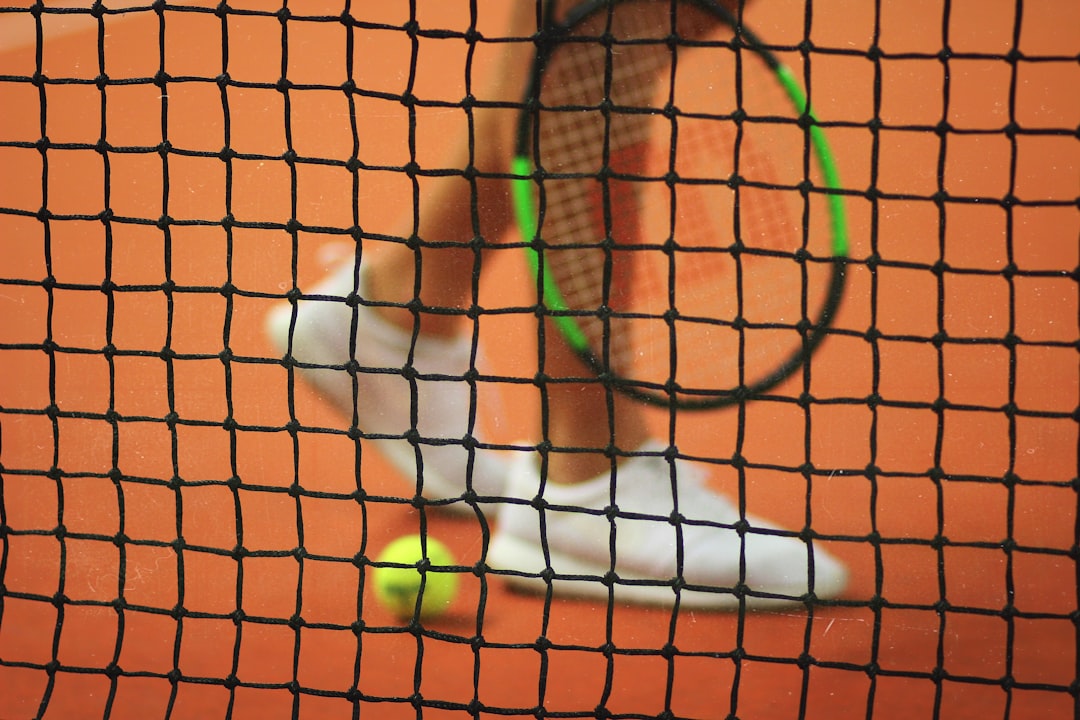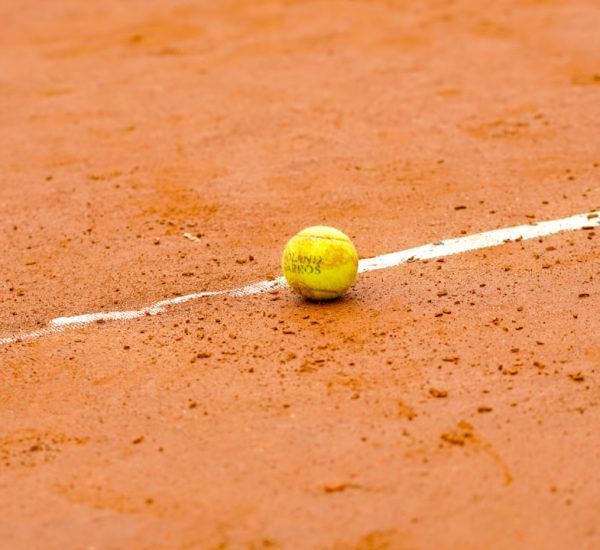Tennis is one of the most globally recognized sports, blending athleticism, strategy, and endurance. One term that often comes up during major tournaments is the “Grand Slam.” If you’ve heard it mentioned on television, in conversations, or in articles but were unsure of its exact meaning, you’re not alone. The concept of a Grand Slam is central to professional tennis, and it plays a significant role in defining the legacy of the sport’s greatest athletes.
TL;DR (Too long, didn’t read):
A Grand Slam in tennis refers to the achievement of winning all four major tennis tournaments—Australian Open, French Open, Wimbledon, and US Open—in a single calendar year. These tournaments are the most prestigious in the sport and winning just one is a major accomplishment. The term can also refer generally to the set of the four tournaments themselves. Completing a calendar-year Grand Slam is a rare and historic feat in the tennis world.
What Are the Four Grand Slam Tournaments?
The Grand Slam refers collectively to four premier tennis tournaments held annually. Each event is managed by a separate national tennis association but governed under the rules and guidelines of the International Tennis Federation (ITF). These are:
- Australian Open: Held in Melbourne, Australia, every January.
- French Open (Roland Garros): Held in Paris, France, each May and June.
- Wimbledon: Held in London, United Kingdom, in late June and early July.
- US Open: Takes place in New York City, United States, in August and September.
Each of these tournaments is played on a different type of court surface, which adds to the difficulty of achieving success at all four events.

Surface Types and Their Impact
What makes winning all four even more challenging is the variety in playing surfaces:
- Australian Open: Hard court (Plexicushion).
- French Open: Clay court (Red clay).
- Wimbledon: Grass court.
- US Open: Hard court (DecoTurf).
Each surface affects gameplay differently. For example, clay courts cause the ball to move slower and bounce higher, which benefits baseline players with good stamina. Grass courts, on the other hand, are faster, making them advantageous for players with strong serves and quick volleys. The hard courts used in Australia and the U.S. are somewhere in between, offering a balance suitable for a wide range of playing styles.
What Does It Mean to Win a Grand Slam?
There are several interpretations of the term “Grand Slam” in tennis:
- Calendar-Year Grand Slam: The rarest and most prestigious form, achieved by winning all four major tournaments in a single calendar year. Only a handful of players have reached this milestone. For example, Rod Laver accomplished it twice, once in 1962 and again in 1969.
- Career Grand Slam: Winning each of the four tournaments at least once in a player’s career. Legends like Roger Federer, Rafael Nadal, Serena Williams, and Novak Djokovic have achieved this.
- Non-Calendar Year Grand Slam: Winning four consecutive majors, but not within the same calendar year. For example, winning the last two Slams of one year and the first two of the next year.
- Golden Slam: Winning all four Grand Slam tournaments and the Olympic gold medal in the same calendar year—a feat achieved only by Steffi Graf in 1988.
- Career Golden Slam: Winning all four Grand Slam tournaments and an Olympic gold medal over the span of a career.
These distinctions highlight varying levels of greatness and consistency in the world of professional tennis.
Grand Slam Events in Detail
Let’s take a closer look at each of the four Grand Slam tournaments and what makes them unique.
1. Australian Open
Hosted in Melbourne, the Australian Open is known as the “Happy Slam” due to its friendly atmosphere. Played in extreme summer heat, it begins the Grand Slam calendar. The tournament has been dominated by players like Novak Djokovic, who has excelled on its hard courts.
2. French Open
This clay-court tournament at Roland Garros is the most physically demanding due to its slow surface and long rallies. Rafael Nadal’s unmatched success here—14 titles as of 2023—has earned him the nickname “The King of Clay.”
3. Wimbledon
Wimbledon is the oldest tennis tournament in the world and emphasizes tradition, such as strict dress codes and grass courts. It has been a standout for players with aggressive serve-and-volley tactics. Icons like Roger Federer built much of their legacy here.
4. US Open
This tournament is known for its electric atmosphere, played in the heart of New York City. The hard court surface and night matches add to its intensity. It often attracts the highest attendance among all tennis tournaments.

Why Is a Grand Slam So Important?
Winning a Grand Slam—or even performing well consistently across these tournaments—is seen as the ultimate benchmark in a tennis career. The ranking points, fame, prize money, and historical significance make these events the focal point of a professional player’s season.
Here are a few key reasons why the Grand Slam matters:
- Legacy: Players who succeed in Grand Slams cement their place in history.
- Points: These tournaments award the most ranking points, significantly affecting global rankings.
- Revenue: They offer the highest prize money, boosting player income and sponsorship opportunities.
- Reputation: Even one Grand Slam win can define an entire career.
Who Has Achieved a Calendar-Year Grand Slam?
Winning all four majors in a single calendar year is exceedingly rare. In the Open Era (post-1968), the only man to do so is Rod Laver (1969). On the women’s side, Steffi Graf in 1988 accomplished this—and added an Olympic gold medal, completing the “Golden Slam.”
Others have come close, such as Serena Williams, who held all four titles at once across two seasons—a feat dubbed the “Serena Slam.” Novak Djokovic also achieved this in 2015-2016, holding all four majors simultaneously but not within a calendar year.
How Are Grand Slam Draws Structured?
Each Grand Slam tournament has a similar format. The main singles draw typically includes 128 players. These matches are:
- Men’s Singles: Best of five sets
- Women’s Singles: Best of three sets
- Includes qualifying rounds, doubles, mixed doubles, and juniors
Winning seven matches in a row is required to claim the title, which adds to the difficulty and drama of each event.
Conclusion: Why Tennis Fans Love the Grand Slam
The Grand Slam tournaments represent the pinnacle of competitive tennis. Whether it’s the prestige of Wimbledon or the test of endurance at the French Open, each venue challenges players in unique ways. For fans, these events are an opportunity to witness history, see legends in action, and marvel at the skill and resilience of top-tier athletes.
If you’re a beginner looking to dive into the sport, following the Grand Slam tournaments is a great way to get started. You’ll learn not just about the rules and techniques, but also the narratives that make tennis such a compelling game to watch and appreciate.



